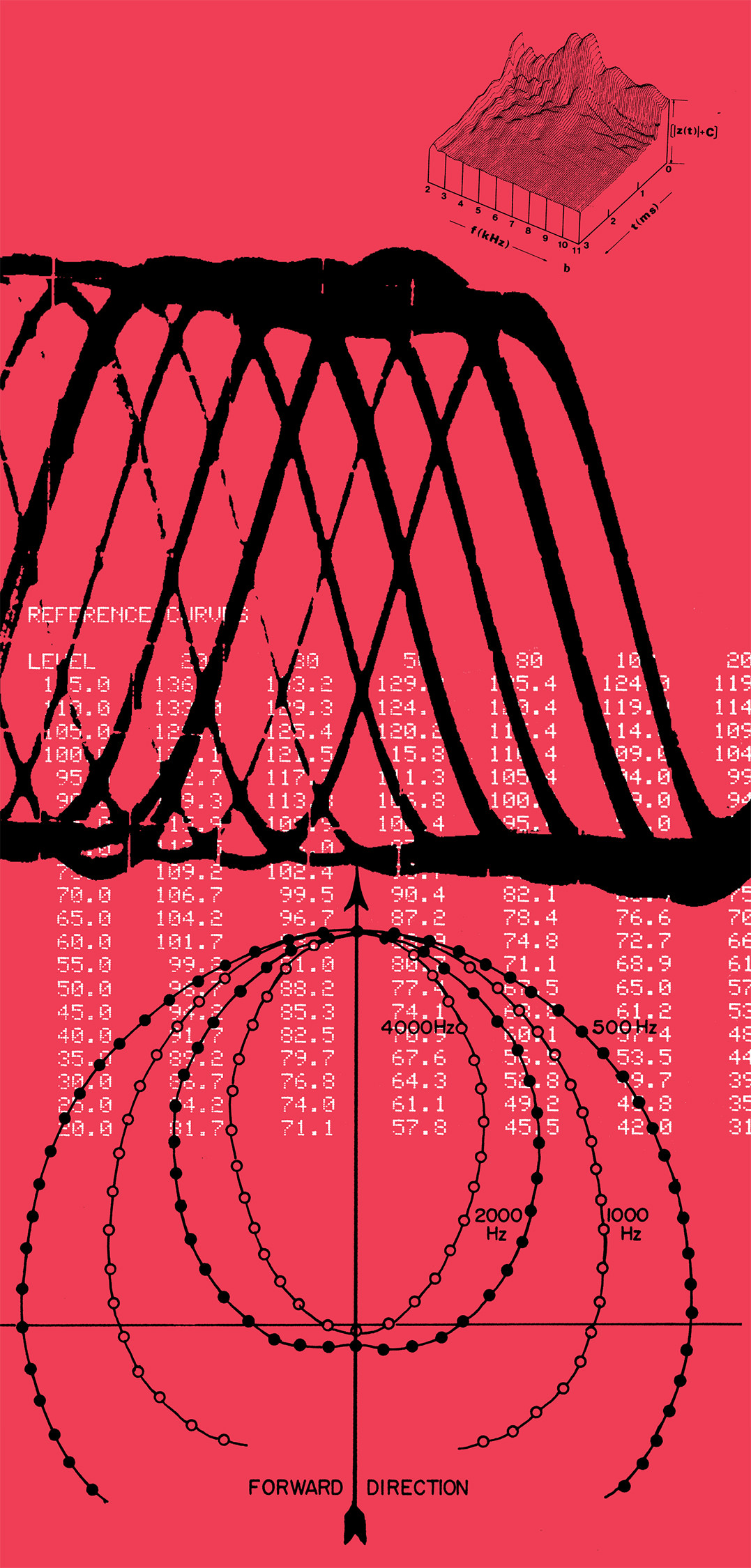Back in the day, when I was running a commercial recording studio, my best front-end setup was a two-channel Gordon Instruments preamp [Tape Op #67] to Lavry Engineering LavryBlue A/D converters, and then out via S/PDIF to a Digi 002 [#33]. To get the sound to the musician's headphones, I used a Coleman Audio M3PH for the cue mix. This system yielded a nice clean sound, and we made a lot of recordings using that setup — all at a cost of around $7,000.
Man, have things changed. This summer, I got to spend time with a new Focusrite product, the second-generation Scarlett 2i4 USB interface. It has two analog inputs and four analog outputs, so you can run a cue mix straight from the interface (no need for the Coleman M3PH). Its sound is nice and clean, thanks to two Scarlett mic preamps (so long, Gordon preamps), and you can run its updated converters at 24-bit, 192 kHz if you want (bye-bye, LavryBlue). It even runs on USB bus power (adios, wall-wart). And yes, you can make a record with this setup, especially since it comes with a copy of Pro Tools | First and all the plug-ins included with the Focusrite Creative Pack (Eleven Lite and 12 plug-ins taken from Eleven Rack, as well as a suite of software and samples from Focusrite, Ableton, Softube, and Novation).
For my tests, I used the Scarlett 2i4 with Apple Logic, my choice of DAW these days, running on my Mac Mini. What I love about this Focusrite interface is the simplicity. You've got two analog gain controls for the preamps, and they glow green until they're overdriven, then they glow red. So you can dial in the proper gain very easily. There's another big knob for the monitor level, and a separate headphone control as well. Also, the preamps have Neutrik Combo connectors, so you can plug in a mic with an XLR cable, or a guitar straight in with a 1/4'' cable. The most complicated thing on the interface is the Direct Monitor Input/Playback knob. Turn it all the way to the left, and you hear only the analog inputs through the headphones. Turn it all the way to the right, and you just get the playback of the DAW tracks. I pretty much left this knob in the middle for hassle-free zero-latency monitoring while performing overdubs. Also, you can choose to run Direct Monitor in mono or stereo with a toggle switch. On the back of the unit, there are two balanced TRS outputs, where I plugged in my Hafler TRM8 speakers. There are also four RCA line outputs (two of which are just unbalanced versions of the aforementioned TRS outputs) and full-size MIDI I/O jacks.
For my main test, I did a verse and chorus of Bob Dylan's "Knockin' on Heaven's Door," so I could stack vocals, hear it on acoustic and electric guitars, and throw in a MIDI keyboard as well. As I said earlier, I ran this on Logic, and once I chose the Scarlett 2i4 in both the system and Logic preferences, everything ran smoothly without a hitch. I kept the buffer size and therefore the latency very low — 3 ms for the round trip — and while I didn't do an official test of latency performance, it just never was a problem at all. Had there been a problem, I guess I would have done a test, but it just wasn't a factor. [3 ms is about the time it takes for sound to travel 3 ft through air, so a guitarist playing a close-mic'd guitar amp or a DI'd guitar would hear the guitar in the headphones before the natural sound. This means that you can run plug-ins while tracking, or perform through virtual amps and instruments, without concerning yourself with monitoring delay. Likewise, creating a separate monitoring mix in a dedicated interface/driver application is unnecessary. See Focusrite's website for detailed specifications on the Scarlett line's class-leading roundtrip latency. –AH]
The Scarlett 2i4 is the one recommended if you're recording yourself, which is pretty much all I do these days. There are larger versions of this second-generation Scarlett if you want to record multiple musicians at the same time. Anyway, I recorded all the tracks, including two tracks of Collings C10 acoustic guitar, and two tracks of a pawnshop Fender acoustic guitar, all using an AKG C 414 B-ULS condenser mic powered by the phantom power from the Scarlett 2i4. Then I recorded a Fender Precision bass straight in, a Fernandes Stratocastor with Kinman pickups straight in, Logic's virtual Hammond B3 organ using my old Alesis keyboard for the MIDI controller, and finally, a lead vocal and three double-tracked background vocals, all using a Shure SM7B dynamic mic [Tape Op #36].
It sounds right. That is, it sounds like me. It sounds how I meant the song to sound — clean, tight, separated sound with only the color I added using mics and effects. Does it sound as good as my old $7,000 front end? I sure hope not. You don't want to see a grown man cry, do you? But it definitely sounds like the kind of 24-bit, 96 kHz mix I could take into Terra Nova Mastering and say, "Okay, Jerry, make me a record out of this." For the price, it's utterly amazing. We've come a long way in five years, no doubt about that. While many competing units require a lot of digital trickery to use effectively, analog knobs as well as seamless low-latency performance make using the Scarlett 2i4 simple and easy, which is exactly what you want when you're recording yourself.




_disp_horizontal_bw.jpg)